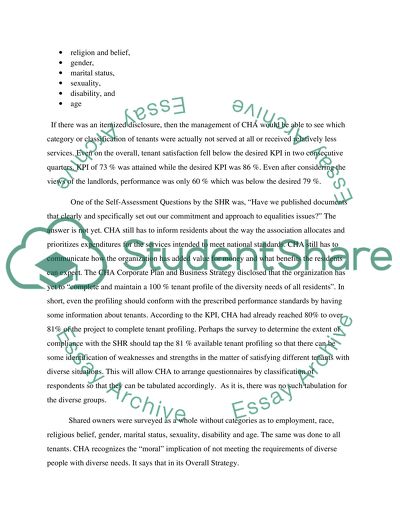Cite this document
(“CHA performance monitoring critical ssessment Essay”, n.d.)
Retrieved from https://studentshare.org/environmental-studies/1414229-cha-performance-monitoring-critical-ssessment
Retrieved from https://studentshare.org/environmental-studies/1414229-cha-performance-monitoring-critical-ssessment
(CHA Performance Monitoring Critical Ssessment Essay)
https://studentshare.org/environmental-studies/1414229-cha-performance-monitoring-critical-ssessment.
https://studentshare.org/environmental-studies/1414229-cha-performance-monitoring-critical-ssessment.
“CHA Performance Monitoring Critical Ssessment Essay”, n.d. https://studentshare.org/environmental-studies/1414229-cha-performance-monitoring-critical-ssessment.


